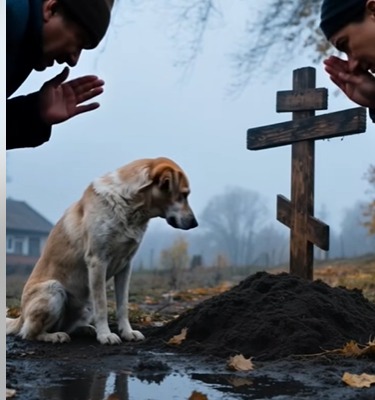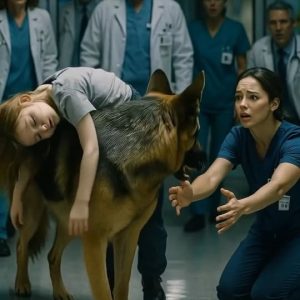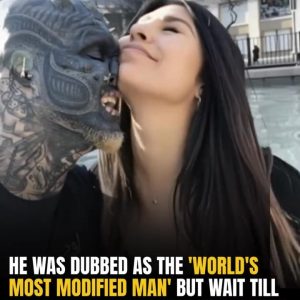On a gray autumn morning in the small town of Valea Veche, a white Mioritic shepherd dog appeared in the cemetery. He sat motionless beside a fresh grave, eyes fixed on the wooden cross. Locals whispered, “That’s Santa’s dog”—referring to Moș Gheorghe, an old man who had died days earlier. His dog, Ursu, hadn’t left his side in life—and now, he wouldn’t leave in death.
Day after day, Ursu stayed by the grave. People brought food and water, but he barely touched it. Then one morning, Maria, the schoolteacher, noticed Ursu doing more than grieving—he was digging.
At first, it seemed like mourning. But soon, his paws were bloodied from the effort. Ten days in, Maria brought her cousin, Deputy Officer Tudor. The grave smelled off. The cross wobbled. Something wasn’t right.
With the mayor’s reluctant approval, they opened the grave.
Inside wasn’t Moș Gheorghe.

It was a stranger—a younger man, strangled, shirt soaked in blood. Shock swept through the town. Gheorghe’s house was searched. Signs of a struggle were everywhere, but he was gone.
Weeks later, a hiker found a second body in the woods. DNA confirmed it: Gheorghe Banu, 76. The real Santa Claus.
Someone had murdered him and buried another man in his place—thinking no one would question it.
But Ursu did.

He hadn’t just been grieving. He had been trying to tell them the truth.
Ursu became a local legend. People visited him, brought him blankets and treats. He didn’t care. He simply returned each day to Gheorghe’s real grave and lay there—silent, loyal, and still.
In Maria’s classroom, a photo of Ursu now hangs with a simple quote beneath it:
“Some truths cannot be spoken. But they can be guarded.”





